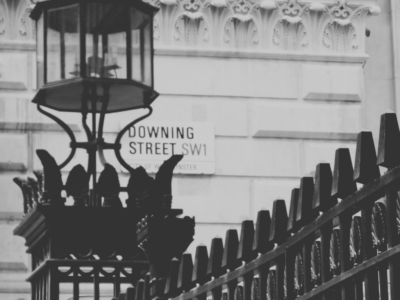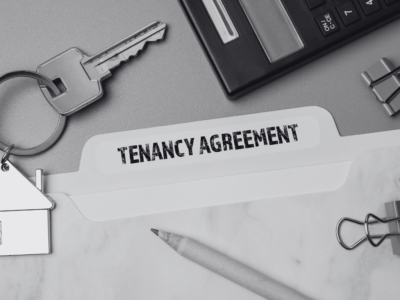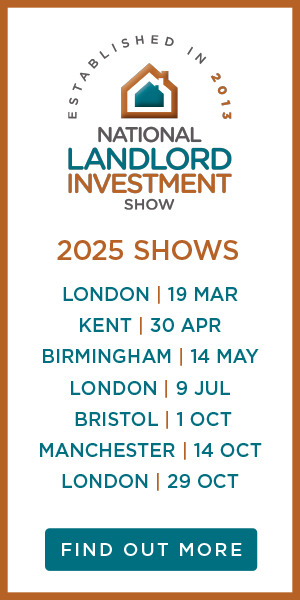A number of indicators suggested that the private rented sector (PRS) showed signs of levelling off in November, according to the Goodlord Rental Index.
Metrics based on average rents, tenancy lengths and void periods all suggested that the sector was starting to cool in anticipation for the festive season, when activity typically slows down.
Void periods, or the time during which properties remain empty between tenancies, increased from an average of 18 days in October to 24 days in November.
Goodlord reported that this was higher than the year-to-date average of 20 days per void period, remarking that the summer had seen a large volume of lettings.
Rental costs cool off
Tenants saw their rental bills decline slightly in November, as the average rent fell from £925 per month in October to £898 in November. This figure was the lowest seen since March, and out of the eight regions surveyed by Goodlord, average rents declined in all but one.
These findings chime with those made by ARLA Propertymark, who revealed that a growing number of renters in the PRS were successfully negotiating rent reductions, despite at least half of landlords raising overall rental costs on their tenants.
In the North West, rents fell 5 per cent over the month, taking average rents down to £663. Welsh renters faced costs of £663 per month, but average rents across Wales as a whole actually grew by 3 per cent.
Londoners continued to face disproportionately higher rents than any other region surveyed by Goodlord. Despite a 3 per cent fall in November, average London rents were as high as £1,630, almost twice the average of the eight regions as a whole.
Despite higher rental bills, Londoners had the longest tenancy terms, of up to 14 months on average. In comparison, these terms lasted just 8 months for those renting in the North West in November.
Affordability improves for some
Goodlord found that affordability improved in five out of eight regions surveyed, suggesting that tenants were receiving incomes that were growing faster than rental costs.
Despite having higher rents than any other region, London-based tenants had some of the greatest rental affordability, as they had an average income of £36,250 per annum. They were also younger than the average renter in most other regions, aged 32, compared to regions such as Wales, where the average renter was 36 years old.
Affordability of homes has been a crucial sticking point for the looming general election this week. The main parties have sought to address the issue of increasing the supply of homes to ensure that the demands of a growing population can be met.
The Conservatives wish to boost housebuilding to a target of up to 300,000 new homes per annum by the mid-2020s. Labour shares a similar target, but also wishes to ensure that a significant number of new homes are built as social or council homes.
Fact-checking charity Full Fact featured findings by Dr Alan Holmans, a housing expert at the University of Cambridge, which suggested that the UK required up to 250,000 additional houses to be built each year, just to address the shortage of homes that already existed.






















Comments